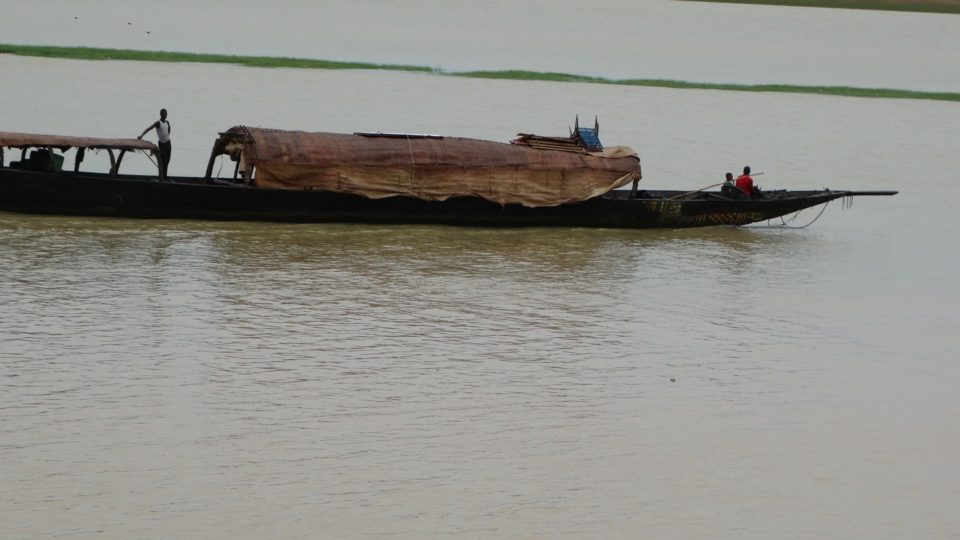The Niger River is the lifeline for large parts of the Sahelian region, crossing through arid areas in Mali and Niger. Each year it floods the Inner Niger Delta in Mali, thereby providing fisheries and water for agriculture and household use, on which some 1.5milion people and millions of migratory waterbirds depend. Hydropower dams, extensive irrigation schemes and climate change affect the water flow in this important river. We work with local communities, the national government and regional basin organisation to ensure water provision to the delta.
With its total length of about 4,100 km, the Niger River is the third-longest river in Africa flowing from the highlands of Guinea Conakry through the dry Sahel and ending in Niger delta in Nigeria.
The water from the Niger and Bani Rivers cause the essential annual flooding of Mali’s Inner Niger Delta, filling its many floodplains, swamps, marshes and Lac Debo.
The problem
This critical water flow is ever more under stress from dam infrastructure for hydropower, and extensive irrigation schemes. Dams in the Upper Niger in Guinea Conakry and Southern Mai off-take large amounts of water destined for the Inner Niger Delta. These human impacts in combination with less predictable and less precipitation attributed to climate change lead to diminishing water levels and water scarcity. Less water means less fish, less fodder and fewer cattle and other household uses. Less food also means increased hunting pressure on migratory waterbirds.
What we do
We work with local communities to adapt to these changing conditions, for example by restoring flood forests in the Delta, set up water management plans, and develop flood prediction tools, so that farmers can adjust their agricultural production.
With the Malian Government we work to make the Development Plan for the Inner Niger Delta truly sustainable, taking flooding patterns, wetlands, and biodiversity into account. At the regional level, we work with the Niger River basin authority to reduce the impact of existing and planned infrastructure projects. For example, our extensive studies into the planned Fomi Dam upstream in Guinea Conakry has led to a second revision of the dam plans, which will strongly reduce its impact downstream.
At the end of the Niger River, we set up operations to mitigate the impact of oil infrastructure in the Niger Delta in Nigeria. We work with communities in the Delta to develop sustainable livelihoods in this area affected by pollution, poverty and conflict.

